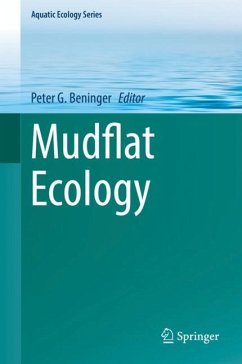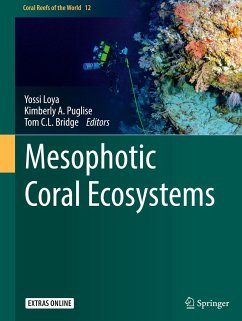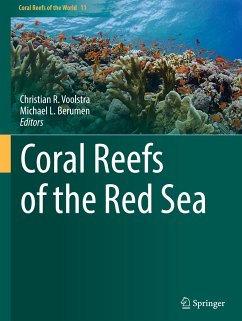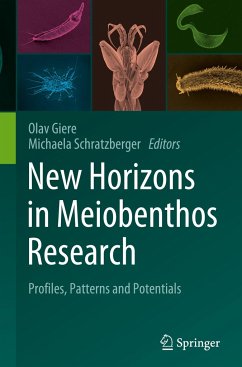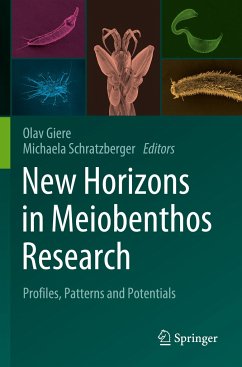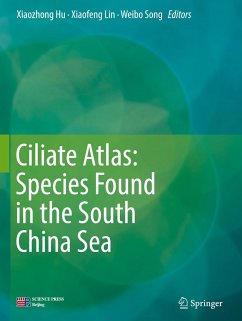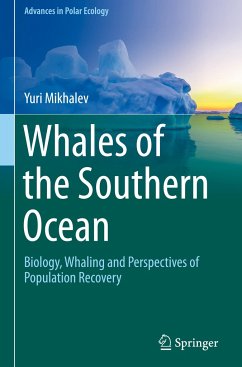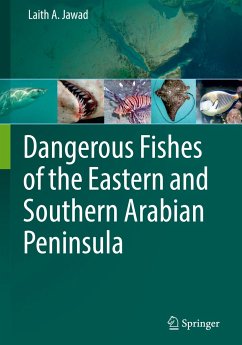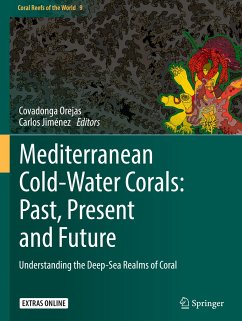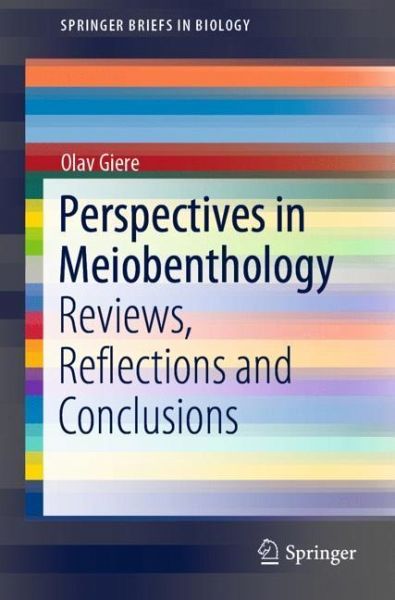
Perspectives in Meiobenthology
Reviews, Reflections and Conclusions

PAYBACK Punkte
19 °P sammeln!
Although of high abundance, diversity and ecological importance, meiofauna is little covered by relevant scientific media. How can this negligence be overcome? The present treatise highlights promising meiofauna research fields, selected both from basic and applied science, as well as new methods that could strengthen the potential of meiobenthology. Selected recent meiofauna studies, often supported by rapidly advancing gene-based methods, underline the relevance and potential of meiobenthology revealing characteristics and harassments of ecosystems, not the least in extreme habitats. Also in...
Although of high abundance, diversity and ecological importance, meiofauna is little covered by relevant scientific media. How can this negligence be overcome? The present treatise highlights promising meiofauna research fields, selected both from basic and applied science, as well as new methods that could strengthen the potential of meiobenthology. Selected recent meiofauna studies, often supported by rapidly advancing gene-based methods, underline the relevance and potential of meiobenthology revealing characteristics and harassments of ecosystems, not the least in extreme habitats. Also in the more classical domains such as taxonomy and phylogeny, progress in meiobenthos research defines a new and deeper scientific understanding.





